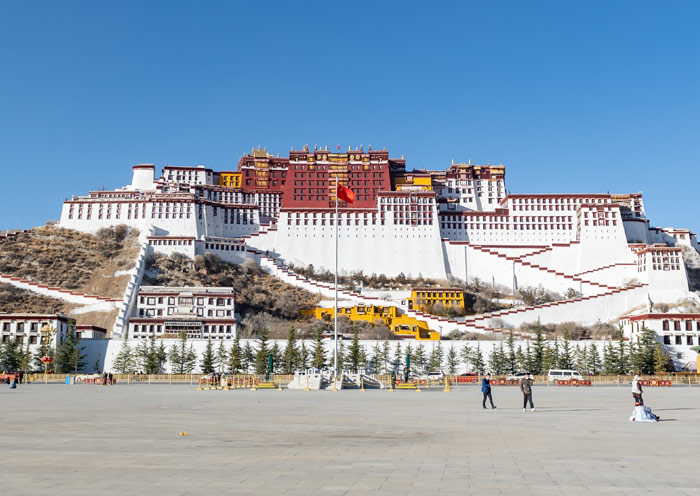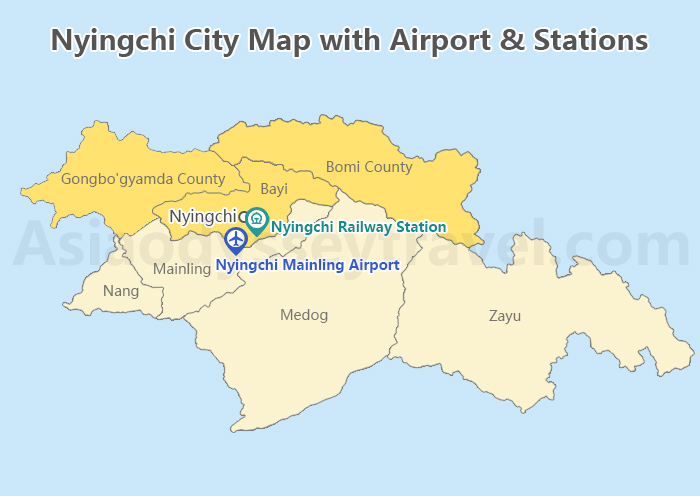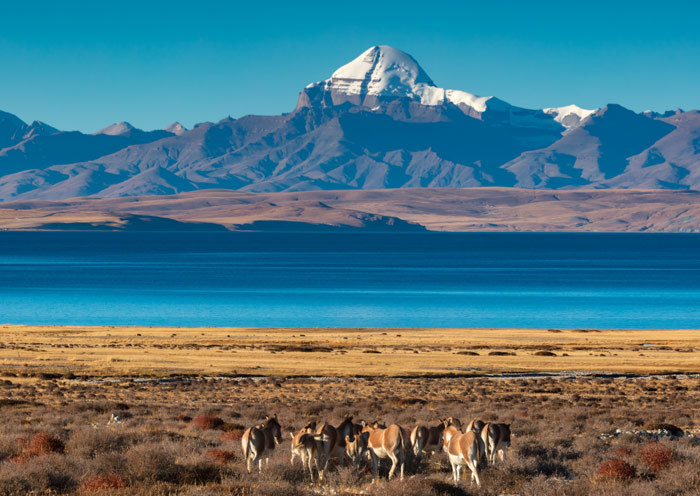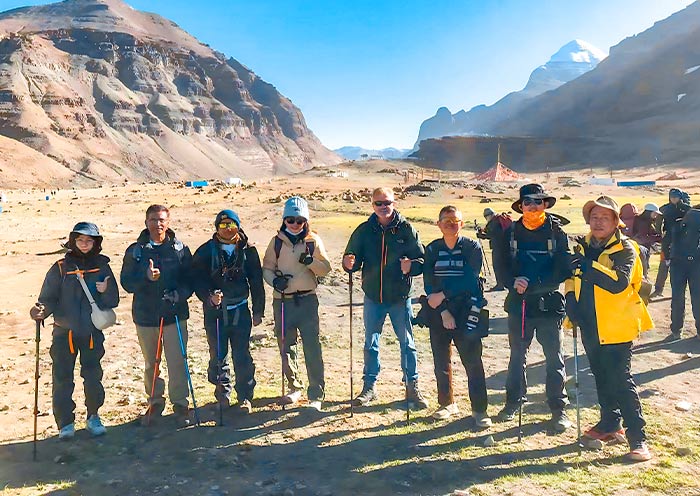Best Time to Visit Mount Kailash: May to October


The best time to visit Mount Kailash is between May and October, with each month offering unique experiences:
May - Saga Dawa Festival
In May, the weather at Mount Kailash is clear, the snow is melting, and the valleys start to become green and vibrant as devout pilgrims prepare for the upcoming Saga Dawa Festival (萨噶达瓦节). The Saga Dawa Festival is one of the grandest Buddhist festivals in Tibet, celebrated on the fifteenth day of the fourth Tibetan month (usually in May) to commemorate the birth, enlightenment, and parinirvana of Gautama Buddha. During this time, pilgrims and tourists, including many from Tibetan and Indian regions, flock to Mount Kailash for pilgrimage and sightseeing. The atmosphere is festive, with bustling trekking trails that might be crowded. However, prices for services like porters and accommodations may be higher during this peak pilgrimage season.
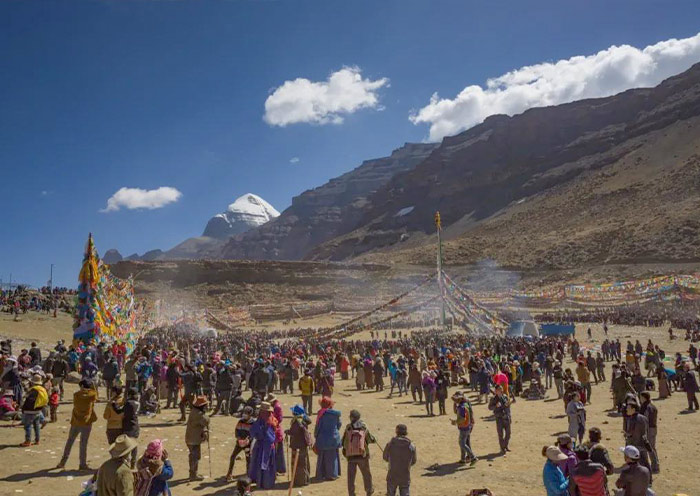
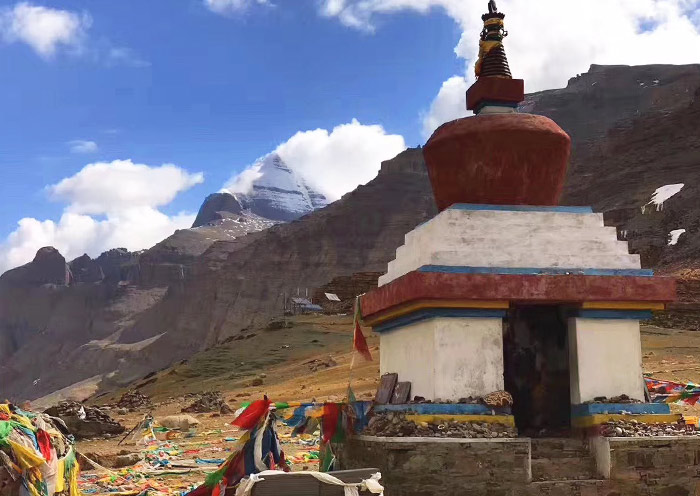
June to August - Peak Trekking Season
June to August marks the rainy season and the peak tourism season at Mount Kailash. The valleys are lush and green, streams flow gently, and the sacred peak of Mount Kailash stands proudly amidst the mist and clouds of the monsoon season. Despite occasional rainfall, it does not significantly impact the three-day trek around Mount Kailash. The moist air and abundant vegetation make this period comfortable for trekking, attracting many visitors who seek to experience the beauty of Mount Kailash during the summer months.
September to October - Ideal Time to Visit
September to October is considered the best time to visit Mount Kailash. In autumn, the golden hues enhance the sacred aura of Mount Kailash. As temperatures begin to drop with the passing of summer, daytime walks in the bright sunlight are pleasant, although nights can turn chilly. Visiting Mount Kailash during September and October allows you to admire the beauty of this sacred mountain from various angles, with the golden valleys and hills uplifting your spirits.
If you are planning a trip to Mount Kailash during these months, be prepared to witness the unique festivals, experience comfortable trekking conditions, and enjoy the breathtaking beauty of this sacred mountain.


Mount Kailash Weather: How is Weather like in Mount Kailash?
The weather at Mount Kailash is characterized by several key aspects:
- Cold and Dry: Being situated in a high-altitude region, Mount Kailash experiences cold and dry weather. The plateau area is relatively dry, so it's important to stay hydrated during Mount Kailash treks. Daytime temperatures typically range from 10-20 ℃ between May and September, dropping to 0-5 ℃ at night.
- Variable Conditions: Weather conditions at Mount Kailash can change rapidly. It's common to start a day with continuous rain, only to have clear skies and bright sunshine by midday. Climbing over a mountain might lead to snowfall, followed by sunny weather after crossing the pass. These fluctuations can occur in any month, even during the supposedly warmer months of July and August. Therefore, it's advisable to dress in layers to be prepared for sudden weather changes.
- Unpredictability: Weather in the region is notoriously unpredictable. Weather forecasts may not be accurate, and local knowledge isn't always completely reliable. Along the 50-kilometer trek, each section of the route may present different weather conditions and temperatures. This unpredictability adds to the allure of trekking around Mount Kailash, as unexpected weather can create minor inconveniences or provide memorable surprises and extraordinary experiences. If possible, capture this once-in-a-lifetime trek around Mount Kailash with your camera to preserve the unique memories.
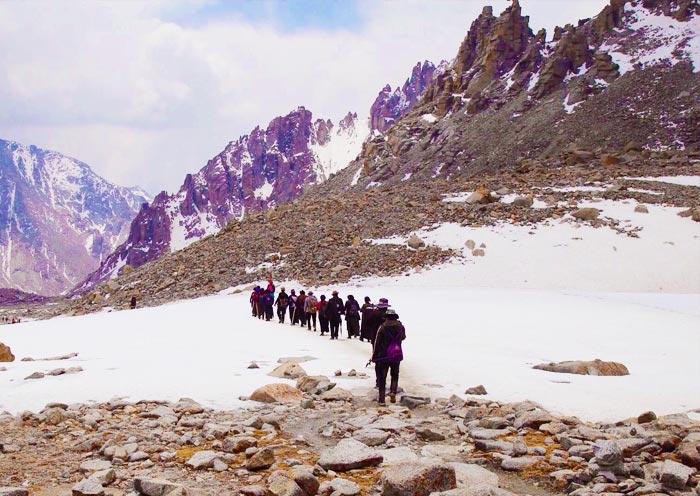
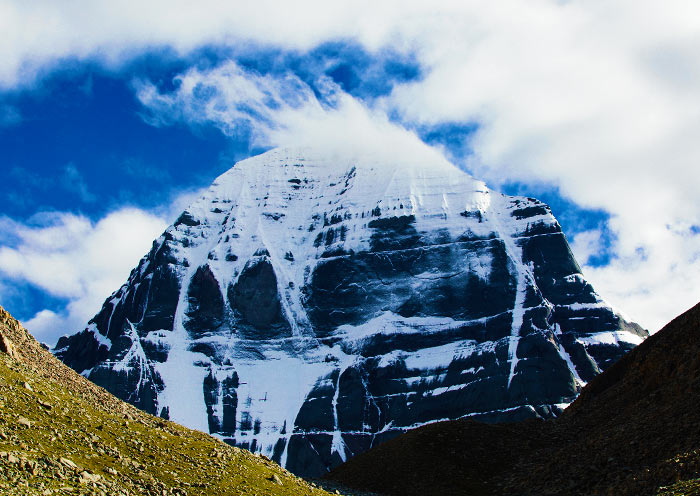
Mount Kailash Weather Today/Now
Mount Kailash Temperature: Is Mount Kailash Cold?
Mount Kailash is located in a high-altitude region, which generally results in lower temperatures throughout the year, especially between November and April when temperatures can drop below 0°C. However, from May to October, the temperatures tend to be relatively warmer, with daytime temperatures ranging between 10-20°C.
The temperature at Mount Kailash exhibits significant fluctuations between day and night. During the most comfortable months of June to September, daytime temperatures can reach 15-25°C, but they can drop to 0-5°C at night. Therefore, even when visiting during the summer, it is important to be prepared for cold weather. While trekking around Mount Kailash, the body is in motion, which can make the perceived temperature higher and more comfortable.
The temperature at Mount Kailash can vary throughout the day due to regional changes and the influence of altitude on the weather. Particularly during the second day of the trek, when climbers need to ascend to the highest point at an altitude of 5600 meters, the Dolma La Pass, the mountaintop may be covered in snow with very low temperatures, while after descending, the weather may be sunny and warm. Therefore, during the trek on the second day, it is important to pay attention to adjusting clothing layers accordingly to stay comfortable.


Can I Visit Mount Kailash between November to April (Off-Season)?
No, we do not recommend visiting Mount Kailash between November and April during the harsh winter season. During this period, Mount Kailash experiences heavy snowfall, extreme cold, lack of supplies along the way, and altitude sickness can also be a hindrance. Trekking around Mount Kailash during this time can become dangerous. Therefore, consider visiting Mount Kailash between May and October instead.
- Heavy Snowfall and Extreme Cold
During the winter season from November to April, Mount Kailash and its surrounding regions experience heavy snowfall and extreme cold temperatures. The mountainous terrain becomes treacherous and difficult to navigate, with snow-covered paths making trekking hazardous and potentially life-threatening.
- Limited Supplies and Accommodation
Due to the harsh winter conditions, facilities and supplies along the trekking routes to Mount Kailash are scarce during the off-season. Accommodation options may be limited, and essential amenities such as food, water, and medical assistance may not be readily available, increasing the risks associated with traveling in such remote and challenging environments.


- Altitude Sickness Risks
Altitude sickness is a common concern when visiting high-altitude regions such as Mount Kailash. During the winter months, the risk of altitude sickness is heightened due to the extreme cold and low oxygen levels at higher elevations. Symptoms of altitude sickness can range from mild discomfort to severe health complications, and the lack of proper medical facilities in the area during the off-season can exacerbate the risks.
- Dangerous Trekking Conditions
Mount Kailash trekking is a popular activity for visitors, but during the winter season, the trails can become icy, slippery, and unstable, increasing the likelihood of accidents and injuries. The combination of freezing temperatures, snow-covered paths, and limited visibility due to inclement weather conditions can make Mount Kailash trekking a hazardous undertaking.
To fully appreciate the spiritual and natural beauty of Mount Kailash, it is best to plan your visit during the peak season between May and October when the weather is more favorable and the overall travel experience is enhanced.
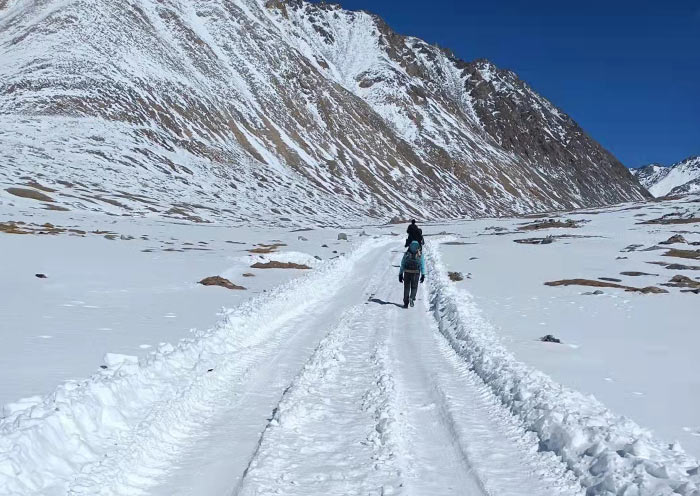
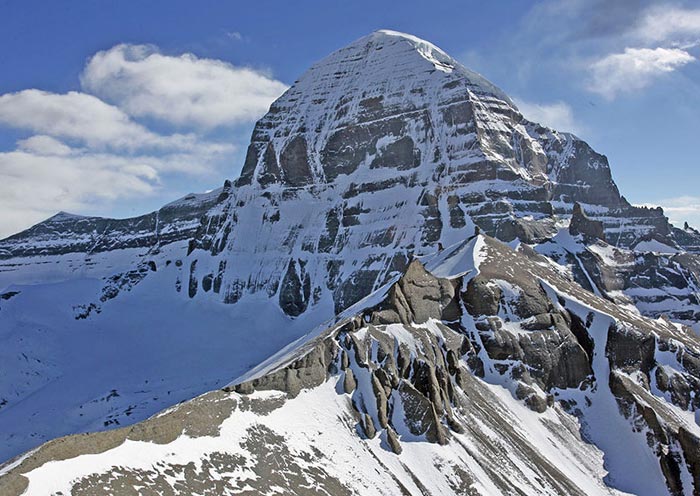
What Should I Pack for Mount Kailash Trip?
When packing for a trip to Mount Kailash, it depends on the month you are visiting in and the weather conditions. However, overall, Mount Kailash is generally cold, so regardless of whether you are trekking around the mountain, it is essential to bring warm clothing to stay cozy, especially at night.
May to June - The period from May to June provides an excellent time to visit. With temperatures between 5°C and 20°C, the snow begins to melt, making the routes more accessible, and the weather is generally pleasant. It's recommended to pack layered clothing for varying temperatures. Carry a waterproof jacket, thermals, trekking boots, a sun hat, and sunglasses.
July to August - This is the peak season at Mount Kailash with temperatures between 10°C and 25°C. Despite the monsoon, the weather is warm, and the trails are accessible. However, be prepared for potential rain showers. You should pack lightweight clothing, rain gear, waterproof trekking boots, a sun hat, and sunscreen for sunny days.
September to October - The autumn season, with temperatures between 0°C and 15°C, offers clear skies and stable weather, making it a great time for trekking. However, temperatures can drop significantly, especially at night. You should pack layered clothing, a warm jacket, trekking boots, gloves, and a hat.
November to March - During these months, Mount Kailash experiences harsh winter weather, with temperatures ranging from -15°C to 5°C. The extreme cold and heavy snowfall make the trekking routes difficult and dangerous to navigate. Travel during this period is generally not recommended.
April - April remains quite cold at Mount Kailash, with temperatures ranging from -5°C to 10°C. Snow is still on the ground, and while trekking is possible, it can be challenging due to the snowy conditions. If you're experienced and well-prepared for cold-weather trekking, this can be a time to start your journey. You should pack warm clothing, such as thermal layers, a heavy coat, gloves, and a hat. Snow boots, snow goggles, and trekking poles can also be useful for navigating the snowy trails.
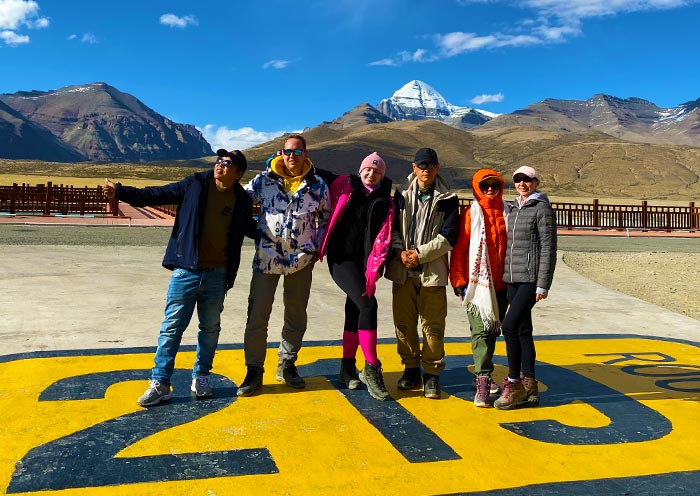

How to Plan a Mount Kailash Tibet Tour
Given that Mount Kailash is about 1300 kilometers away from Lhasa, a journey there will require a longer duration, approximately 15 days in total. You'll need 2-3 days to acclimate to the altitude in Lhasa. Then, it takes about 2 days to travel from Lhasa to the Everest Base Camp via Shigatse. Finally, you will reach Darchen, the base camp for the Mount Kailash Trek, through Saga for another 2 days. You can complete the trekking in 2-3 days. Afterward, you'll need about 4 days to return to Lhasa. This carefully planned itinerary ensures a memorable and safe journey to the sacred Mount Kailash.
Check more details about How to Plan a Mount Kailash Tour >>
Explore Tibet with Local-based Asia Odyssey Travel
With over 10 years of local expertise in Lhasa and Tibet (Xizang), our dedicated team at Asia Odyssey Travel brings you carefully curated Tibet tours for an authentic and unforgettable experience.
Drawing upon our extensive experience, we have meticulously crafted a range of Tibet tour packages, including Lhasa tours, Mount Everest Tours, Mount Kailash Tours, Tibet Trekking Tours, Tibet Train Tours, and Tibet Overland Tours. Whether you prefer the comfort and flexibility of a private tour or the budget-friendly option of a Group tour, we have you covered without compromising on quality.
Check more details about Best Time to Visit China and Tibet ->>
Additionally, we cater to various travel preferences, whether you wish to commence your Tibet tour from one of the popular gateway cities in China, embark on Nepal Tibet tours, or even explore the mesmerizing Himalayan region. Whatever you desire, Asia Odyssey Travel has the perfect tour to meet your needs, ensuring that your expedition to Tibet (Xizang) becomes an unforgettable adventure.

